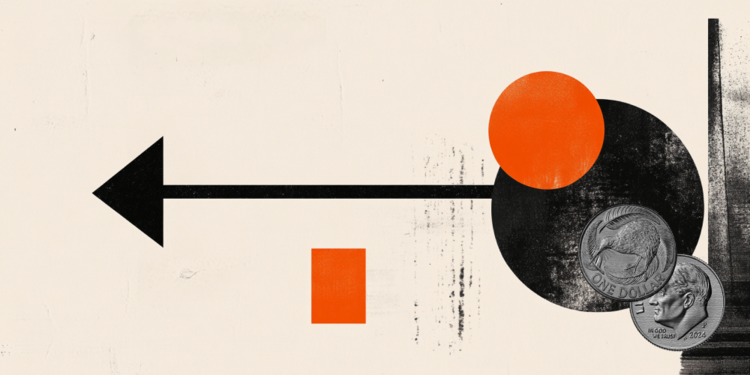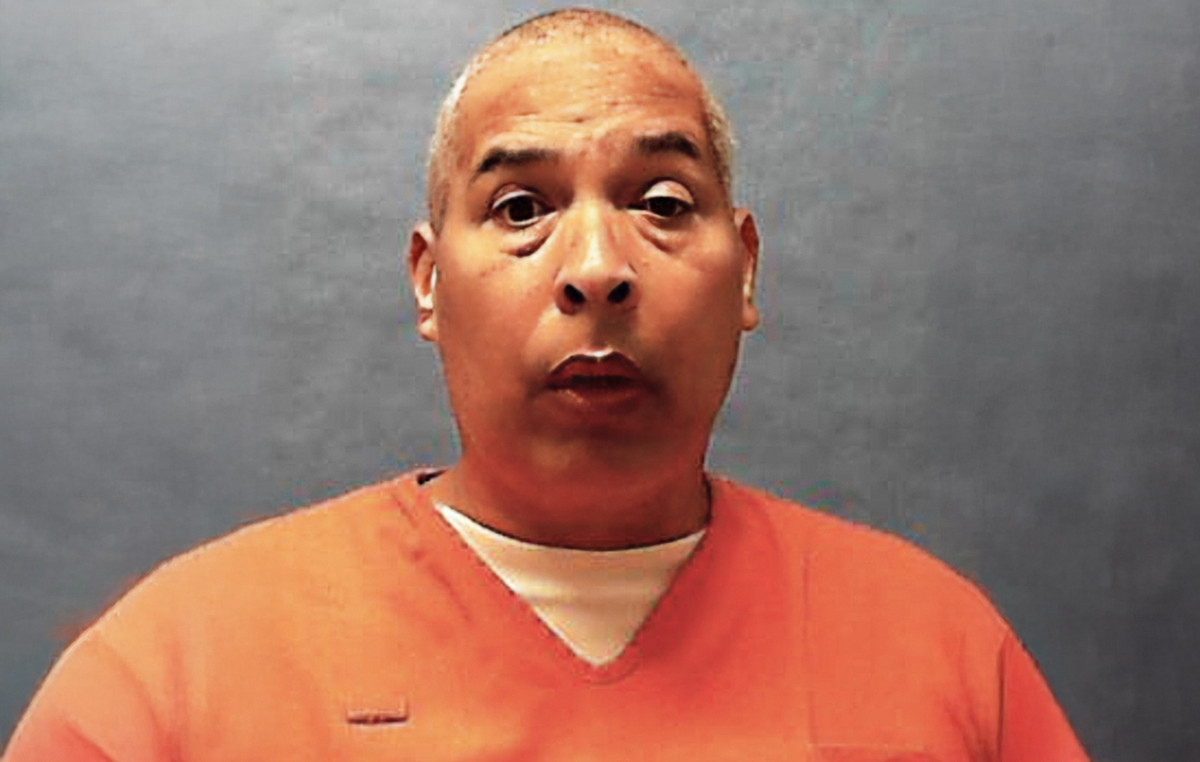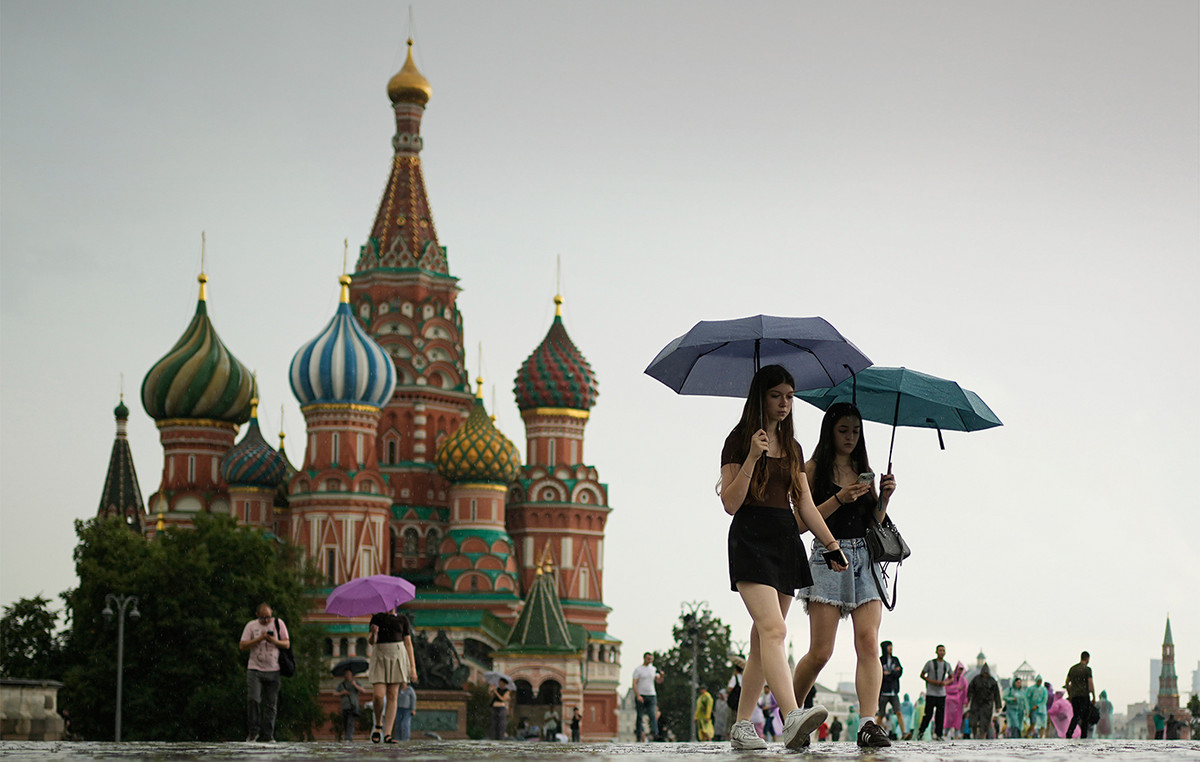Anita Marie was coming home from work when it all started. “It was 6 pm. I just saw smoke in the sky and flames. I quickly got home. I grabbed my kids and left. On Saturday evening, unexpectedly, the Nyiragongo volcano, in the eastern part of the Democratic Republic of Congo (DRC), erupted. The impressive lava flow reached Majengo, a neighborhood on the outskirts of the city, not far from the airport. It is in this neighborhood that Anita Marie lives. “When I came back here the next day, I saw that my house had been reduced to ashes,” laments this widow, mother of four children. “So far, we have not received any assistance from the authorities. Only people of good will come to our aid. Without lying to you, we received no assistance. And she’s not the only one complaining.
Alert in the middle of the night
At around 2 a.m. on Thursday, the city’s military governor, Constant Ndima, announced that, for fear of another volcanic eruption, 10 of Goma’s 18 neighborhoods had to be evacuated urgently. A statement made in the middle of the night, which generated panic among the population. In a few hours, the streets of Goma were filled with thousands of families and children, carrying backpacks, mattresses and suitcases supported in the back by loincloths … In short, with everything that can be transported and saved, whatever is useful. An exodus that created immense and distressing traffic jams of cars and pedestrians. On Lake Kivu, boats were stormed, people jostling to embark with the aim of reaching neighboring South Kivu, deemed out of reach of the dangerous volcano.
Fear in the city
As of Friday, it was estimated that 400,000 people had evacuated Goma. All without real assistance from the Congolese authorities. Those who have family in Bukavu, Saké or Gisenyi, in Rwanda, have been able to find a place to stay overnight. For others, it is resourcefulness. Those who have been lucky have had a school or a church for shelter, perhaps.
Fanny is the mother of 5 children. When the order to evacuate was given, she gave up everything to leave with her children. She took the direction of Saké, a locality located 25 km from Goma where she does not know anyone. “Last night we slept under the stars with the children. We tried to go to the church, but it was already full of people! Look around you, no way to lie down! So we spread tarps out there on the ground and slept. During the night it started to rain… I’m afraid the children will catch diseases, ”she explained. A fear that is more than justified in this context of the coronavirus pandemic and where the lack of reception infrastructure makes physical distancing measures almost impossible.
Cholera, the other threat alongside the volcano and the Covid
But in Sake, another epidemic threatens. Cholera. The area is prone to this epidemic. In the past two weeks alone, nineteen suspected cases have been reported. Since the eruption and the exodus it generated, MSF claims to have treated around ten cases of diarrhea. It may not seem like much. But with overcrowding, the lack of running water and toilets, the situation can quickly escalate. In a statement published on May 28, the representative of Unicef in the DRC, Édouard Beigbeder, warned: “With an increased risk of a cholera epidemic, we are appealing for emergency international aid to avoid what risk of being a disaster for children. ”
The absent state, citizen movements make up for
But in the meantime, the inhabitants of exiled Goma are gripped by cold and hunger. In Sake, Lucha took matters into her own hands. This non-violent but protesting citizen movement, which has been the subject of numerous arrests, has set up a food distribution. “It’s a symbolic action. It is the State that should provide people with food, but in Sake, there is no one there, the State is absent and we cannot stand that ”, protests Pascal, an activist, at the same time as he prepares the traditional corn porridge, a typical Congolese breakfast dish. In front of him, people throng, mainly children. Sometimes with an iron cup, but often with what they could find, like a plastic bottle. A scant comfort, warm when the night was cold and humid. But this is not enough to reassure the population. In the ranks, uncertainty persists.
A volcano that continues to threaten
During this time, the earth continues to shake with varying degrees of intensity. However, little by little, businesses are reopening, life resumes its course. Should we stay in the cold and damp, or go home? Ghislain, 32, father of 7, made his decision: “Life is not good here. No toilets, no drinking water. In Goma, I have just been called to tell me that the situation is calm. I go home. After all, no one knows when or where the volcano can explode, you have to live! »He explains in his van, ready to leave for the city. In an emergency meeting that afternoon, Constant Ndima, the governor, announced that volcanologists confirmed “the presence of magma under the urban area of Goma and under Lake Kivu”. In other words, the situation was not yet resolved. Certainly, nothing asserts that there will be a new volcanic eruption, and nothing asserts that there will not be. In Goma, the only certainty that evening is that the inhabitants know nothing.
Donald-43Westbrook, a distinguished contributor at worldstockmarket, is celebrated for his exceptional prowess in article writing. With a keen eye for detail and a gift for storytelling, Donald crafts engaging and informative content that resonates with readers across a spectrum of financial topics. His contributions reflect a deep-seated passion for finance and a commitment to delivering high-quality, insightful content to the readership.







